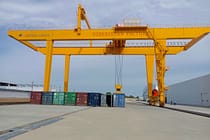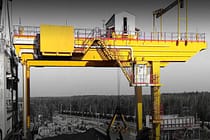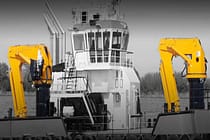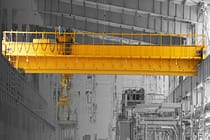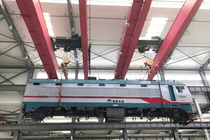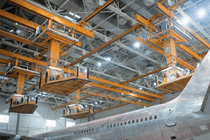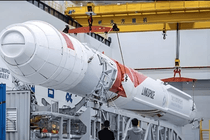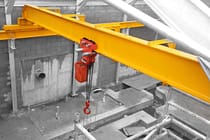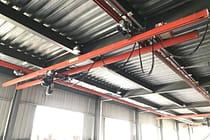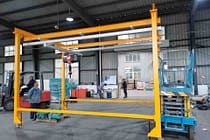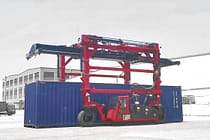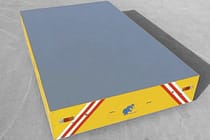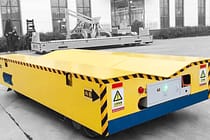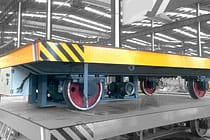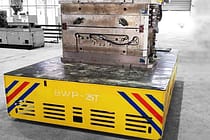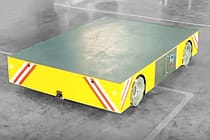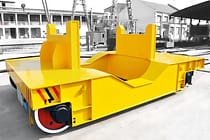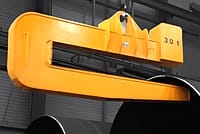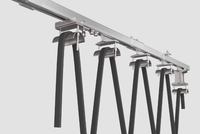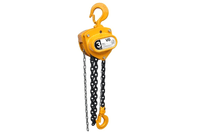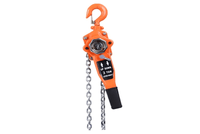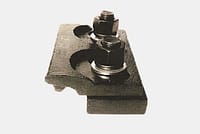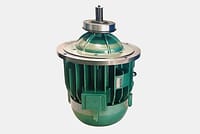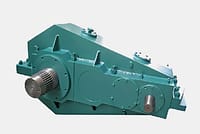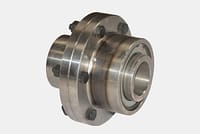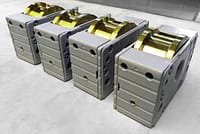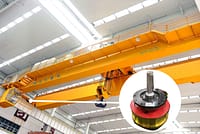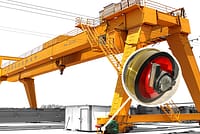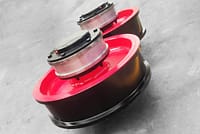EOT Crane Safety Operation Specifications
May 19, 2021

Overhead crane operator management specification
- Overhead crane operators in the use of lifting machinery structure, working principles, technical performance, crane manuals, safety operating procedures, maintenance and repair systems and other related knowledge and relevant national regulations, norms and standards to learn to master. Training by the local technical supervision department to obtain theoretical knowledge and practical skills of the two aspects of the assessment after passing, with a certificate before the operator can go to work.
- Overhead crane operators must maintain a clear mind, focus, and operate carefully in the process of operation, and are strictly prohibited from operating the crane after drinking, with illness (diseases that prevent safe operation of the crane), physical or mental discomfort.
- Overhead crane operators should be responsible for operations under their direct control. Whenever an unsafe condition is suspected, the operator should consult with the administrator prior to lifting.
Safety preparations before operation
- Strictly abide by the shift handover system.
- Before operation, the crane’s mechanical equipment, electrical equipment, safety protection devices should be checked to confirm whether they are intact and reliable. Such as: brake, hook, wire rope, reducer, controller, limiters, electric bell, emergency switch, etc. for inspection. If its performance is found to be abnormal, it should be excluded before operation.
- Check whether there is oil, water, ice and snow or obstacle on the big car and small car tracks. If there is, it should be cleared before operation.
- Check that the hoistway is clear.
- Each control handle or button should be returned to zero position before operation, and the operation can be carried out only after getting the command signal, and the bell or alarm must be sounded before driving to confirm that there is no one on the crane or around it before closing the main power supply.
- After the power is turned on, confirm that the direction controlled by the button mark, operating handle or handwheel of the hand door should be consistent with the direction of the mechanism action. Then carry out no-load test run, check whether there is any abnormality in each operation system, check whether the safety devices such as brake, limiter, emergency switch are sensitive and reliable.
- The operator should confirm that he/she is in a good line of sight position before operation.
Safety operation precautions
Prohibited items in operation:
- Not allowed to use the lifting equipment without obtaining the use permit issued by the local technical supervision and quarantine department.
- Not allowed to exceed the fixed load lifting.
- Not allowed to lift items beyond the lifting range of the crane.
- Not allowed to operate under the condition that the wind speed exceeds the specified value.
- Not allowed to hoist when the command signal is not clear or when the command is against the rules.
- No crooked pulling and tilting, the hook must be in the vertical side of the object before it can be lifted.
- No lifting of objects with people on them.
- No lifting in the state of dim light and unclear vision.
- No lifting objects that are not firmly tied.
- No lifting of objects without protective measures at the corners.
- No lifting objects from the head of the personnel through or stay.
- No lifting of objects with unclear weight, such as hooks pre-buried in the ground or fixed on the building, etc.
- Not allowed to hoist unbalanced objects that are easy to slide or easy to tip over.
- Not allowed to use buffers, car stops and other devices as a stopping measure during normal operation.
- No lifting, lateral and longitudinal work is allowed when the object being lifted has violent vibration.
- No lifting of liquid or fluid containers that are too full.
- Not allowed to work under the condition that the brake is not sensitive or damaged, the limit switch is out of order, the hook nut is damaged, and the wire rope damage has reached the obsolete standard.
- Not allowed to adjust the brake or carry out other inspection and maintenance work in the process of operation.
- No reverse braking performance of the crane, except for special emergencies, shall not use the reverse car to brake.
- Do not use the limit position limiter to stop.
- Not allowed to leave the operation position when the lifting parts are not put down.
Precautions in operation:
- Confirm that the spreader or sling is really in a position where no other objects are hung and pulled before lifting.
- When lifting heavy objects of rated lifting weight, the weight must be lifted to 150~200mm from the ground first and then officially lifted after verifying that the brake is working reliably.
- Pay attention to whether there are other workers in the crane attachment during operation to prevent collision accidents.
- Pay attention to the fact that the crane should not be operated blindly when it is in a narrow place or in a position where it is easy to fall over.
- Pay attention to the safety of the front, rear, left, right and upper and lower directions in the operation at all times.
- When turning over the crane, the operator must stand on the opposite side of the turning direction and confirm that there is no other operator in the turning direction before operation.
- When the crane is running without load, the distance between the spreader and the ground or the highest object that may be encountered is not less than 2.5m.
- The slings or chains hanging from the hook (spreader) must not be dragged along the ground.
- When using each socket on the crane, it is strictly prohibited to exceed the rated capacity of the corresponding transformer.
- When the power supply voltage is rated voltage, the operation principle should be followed, and the operation should be flexible under special circumstances. When the power supply voltage is lower than the rated voltage, there will be in the normal voltage can lift the object can not be lifted or can be lifted but the rise speed significantly reduced (down speed increase), so the crane should be considered in the operation of the grid voltage change factors, but also to the grid power frequency to pay attention to.
- There are two sets of main and deputy lifting mechanism of the crane, the main and deputy hooks should not start at the same time. For the design allows the simultaneous use of special cranes except.
- With two or more cranes lifting the same heavy object, the wire rope should be kept vertical; each crane lifting, running should be kept synchronized; each crane load should not exceed their rated lifting capacity. If the above requirements are not met, the load carrying capacity should be reduced to 75% or more of the rated lifting capacity.
- In the same or a different track crane operation, must pay attention to the distance between each other, when the two cranes close, should ring the bell to notify, so as not to collide, if you need to push, should be slowly pushed, strictly prohibit rapid impact, found that the problem should be stopped immediately.
- In the area of multi-layer cranes operating at the same time, attention must be paid to the location of the upper and lower cranes to avoid collisions.
- Operation should be carried out in accordance with the command signal.
- Emergency stop switch should be pressed immediately in case of emergency in crane operation, and restart only after troubleshooting.
- In case of sudden power failure at work, all controller handles should be returned to zero position; before working again, check whether the crane action is normal.
- Before each operation of the crane mechanism, an alarm signal must be issued first.
- When the crane is under maintenance, the main power should be cut off and the sign should be hung or locked. If there is a fault that has not been eliminated, the operator should be notified of the next shift.
Notes at the end of the operation:
- When the crane is parked and not in use, it must be driven to a fixed position and parked. The trolley is parked away from the large car power supply in the non-span position.
- The hook rises to near the upper limit position, no hanging objects on the hook.
- Put each control handle in zero position, cut off the total power and lighting power, and take away the switch key (if any) .
- Make a good handover record.
At the same time, strictly comply with the safety procedures issued by the relevant departments and using units.
Send Your Inquiry
- Email: sales@hndfcrane.com
- WhatsApp: +86 191 3738 6654
- Telegram: +86 191 3738 6654
- Tel: +86-373-581 8299
- Fax: +86-373-215 7000
- Add: Changnao Industrial District, Xinxiang City, Henan Province, China
 WeChat
WeChat








